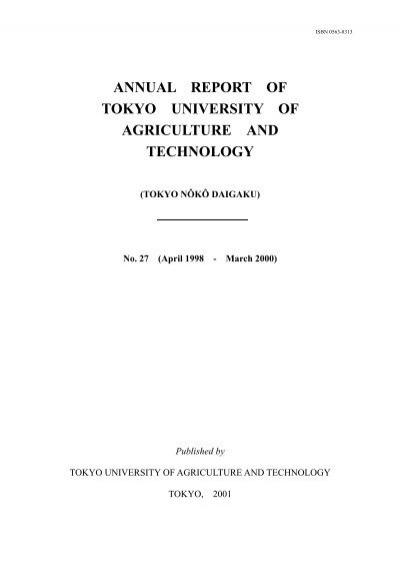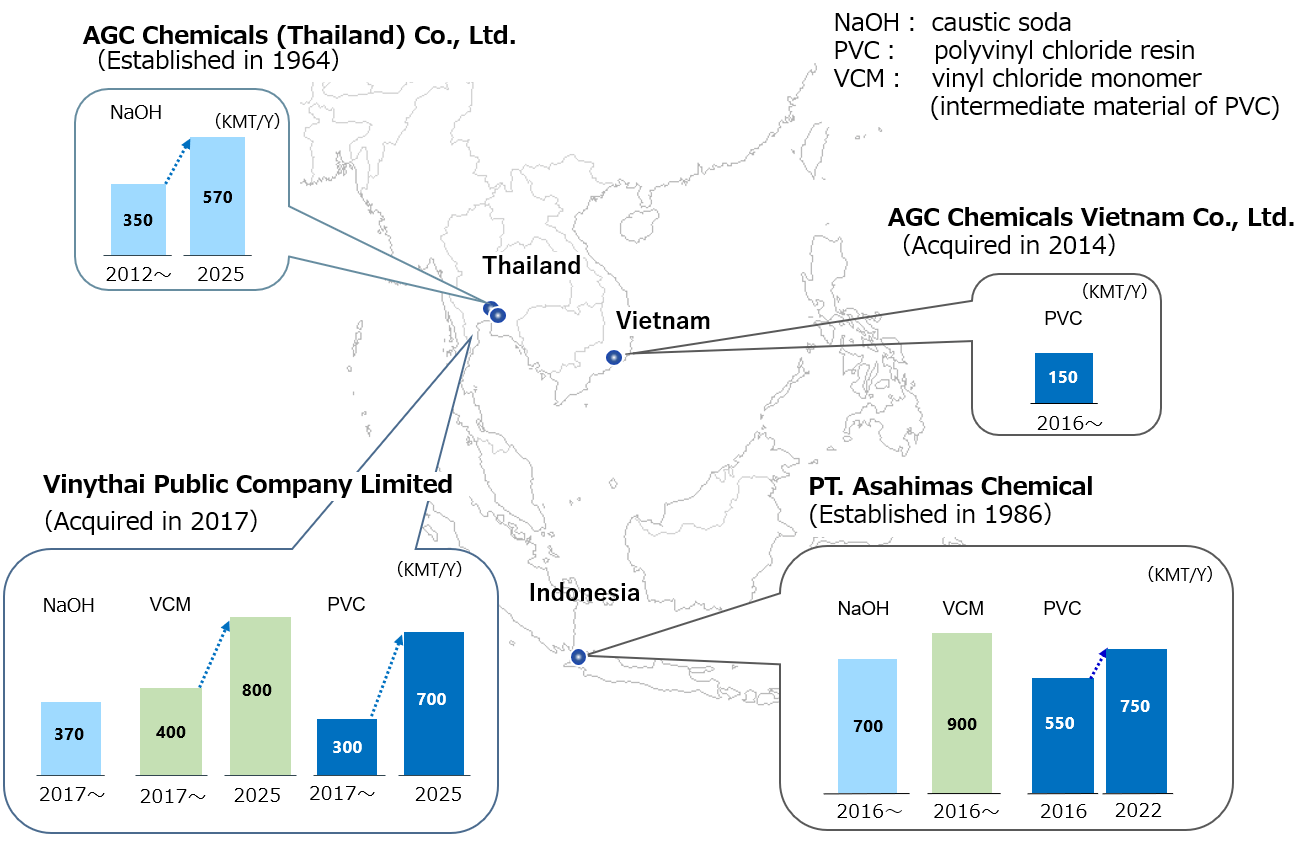The Chemical Daily recently conducted a round of interviews with the heads of R&D divisions of major Japanese chemical companies. For this installment, we talked with Yojiro Takahashi, member of the board and senior managing executive officer for innovation & business development at Nippon Shokubai Co. Ltd. (TYO:4114).
Takahashi said that in looking to create new businesses and products, Nippon Shokubai is carrying out R&D efforts aimed at three target sectors: (1) ICT, including semiconductors and imaging; (2) Life Sciences, including medical materials, health care and cosmetics; and (3) Energy & Environment, including mobility, energy conversion and water. On the way to achieving its goals in these target sectors and their total of eight sub-realms, the company is making proactive use of external technologies, Takahashi said.
For health care and medical materials, Takahashi noted that Nippon Shokubai has launched tie-ups with each of GlyTech Inc., Rena Therapeutics Co. Ltd. and TAK-Circulator Corp., which has technologies relating to nucleic acid medicine. And through these tie-ups, he said, Nippon Shokubai is moving forward with joint R&D aimed at providing drug discovery support services.
Takahashi then moved to discuss the area of cosmetics, where he noted that Nippon Shokubai has entered into a tie-up with NCJ Co. Ltd. – a company that has technologies for the nanodispersion of various materials. And following this, he said, Nippon Shokubai has also agreed to a comprehensive business tie-up with the French-based Greentech Group, a global manufacturer of plant-derived extracts for cosmetics.
Over in the ICT sector, Takahashi said, Nippon Shokubai is looking to move into new markets with its proprietary functional monomers and other functional materials, which represent an area of strength for the company. He made note here of AOMA, a proprietary methyl 2-((allyloxy)methyl)acrylate monomer that on top of having extremely low viscosity in monomer form becomes hard yet flexible when cured. This has already come onto the market, Takahashi said, and is now racking up results in applications such as UV inkjet ink.
Elsewhere, Takahashi noted that Nippon Shokubai is working to turn methylene malonate into a major product for the company. This material was developed by U.S.-based Sirrus Inc. – now a subsidiary of Nippon Shokubai – and has the property of curing at near room temperature, he said. Going forward, Takahashi revealed, Nippon Shokubai plans to market the various benefits provided by the material – such as its potential for energy conservation – as the company strengthens business efforts aimed at getting this material adopted in paints, adhesives and more.











